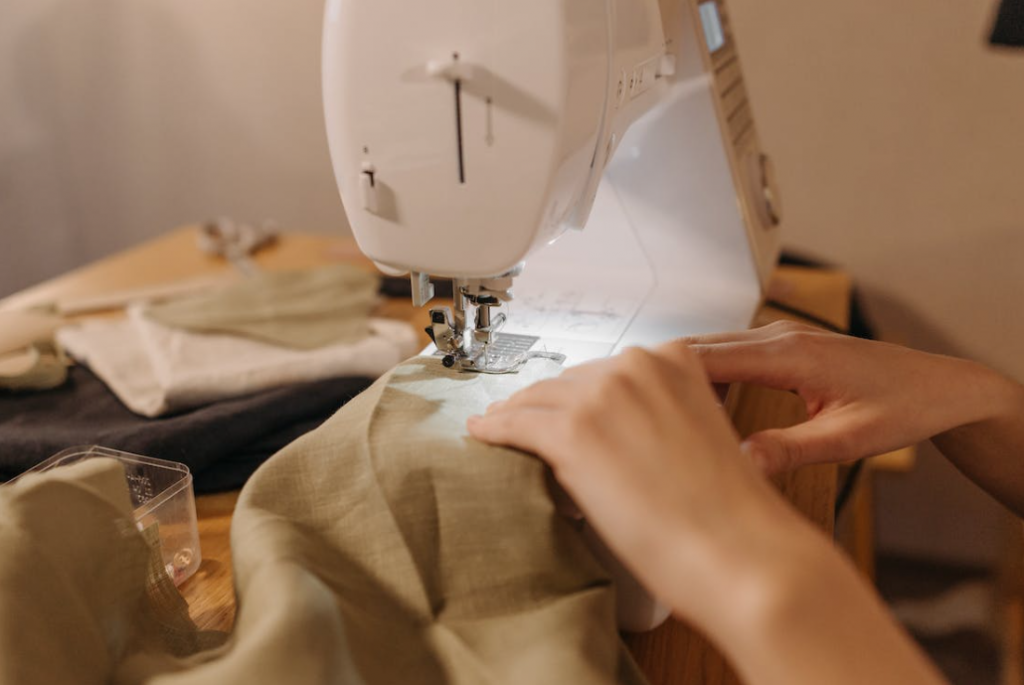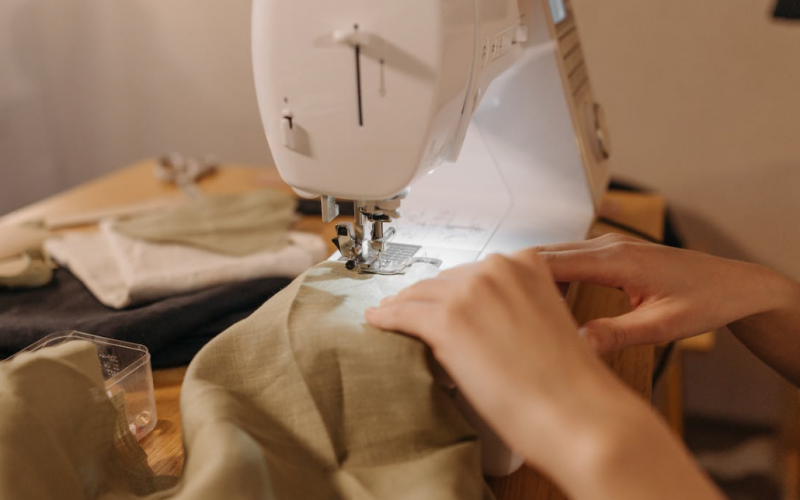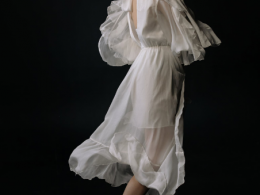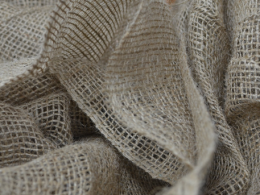In a world that often seems plagued by waste and excess, the fashion industry has increasingly turned its gaze towards a more sustainable future. With the advent of fast fashion and the constant desire for new, trendy pieces, our planet has suffered under the weight of discarded garments and excess textile waste. But there’s a glimmer of hope on the horizon, a beacon of creativity and responsibility in the form of upcycling. This exciting and innovative trend within the fashion world is transforming discarded and forgotten materials into beautiful, unique, and environmentally friendly clothing. In this essay, we will embark on a journey through the fascinating world of upcycling, exploring its origins, its environmental impact, and the talented individuals and brands at the forefront of this sustainable revolution.

The Art of Upcycling
At first glance, the term ‘upcycling’ might seem like just another buzzword in the ever-evolving fashion lexicon. However, it’s much more than that. It represents a shift in the industry towards a more responsible and eco-conscious approach to design. Upcycling is not merely recycling; it’s about reimagining the potential of discarded materials, giving them a second life, and often, a new identity. Instead of sending used garments and fabrics to landfills, upcycling breathes new life into these items, transforming them into stylish, eco-friendly fashion pieces.
The art of upcycling is deeply rooted in the ethos of sustainability and creativity. It requires a keen eye, innovative thinking, and a passion for preserving the environment. Upcycling artists and designers are like modern-day alchemists, turning what was once considered waste into coveted treasures. They take inspiration from the discarded and overlooked, creating unique pieces that tell a story and make a statement.
A Brief History of Upcycling
While upcycling is gaining momentum in the contemporary fashion industry, its roots can be traced back to ancient times. Throughout history, resourcefulness has been a hallmark of human ingenuity. People would repurpose worn-out clothing, patching and mending to extend their lifespan. In times of scarcity, reusing and altering garments was not just a choice but a necessity.
The modern concept of upcycling, however, began to take shape in the mid-20th century with the rise of environmental awareness. It was an answer to the growing problem of textile waste. The 1960s and 70s saw the emergence of the counterculture movement, where young people started to express themselves by transforming existing clothing and fabrics into vibrant and unconventional fashion statements. This DIY spirit laid the foundation for today’s upcycling movement, which has evolved into a powerful force for change in the fashion industry.
Upcycling vs. Recycling: What’s the Difference?
Before delving deeper into the world of upcycling, it’s crucial to distinguish it from recycling, a term often used interchangeably but with distinct differences. Recycling involves breaking down materials to their basic components to create something new. In contrast, upcycling involves the creative transformation of materials without degrading their quality or value.
Imagine a pair of old jeans that are no longer wearable due to tears and wear. If these jeans are recycled, they may be turned into raw cotton or used for insulation. However, if they are upcycled, a designer might transform them into a stylish denim jacket or a trendy handbag, preserving the integrity of the material and adding value in the process.
The Environmental Impact of Upcycling
One of the most compelling aspects of upcycling is its potential to reduce the fashion industry’s environmental footprint. The traditional fashion cycle of producing, consuming, and discarding garments is resource-intensive and wasteful. Upcycling disrupts this linear process, turning it into a more circular one.
By upcycling, we divert textiles from landfills, where they would otherwise contribute to the ever-growing problem of textile waste. The fashion industry is notorious for its fast fashion practices, leading to a staggering amount of clothing ending up in landfills every year. Upcycling acts as a lifeline for these discarded materials, preventing them from polluting the environment.
Moreover, upcycling reduces the need for virgin materials. This means fewer natural resources are consumed in the production of new textiles, which is a major win for the planet. It also lessens the energy and water consumption associated with the creation of new fabrics. In essence, upcycling embraces the concept of “reduce, reuse, and recycle” all in one, making it an eco-friendly approach to fashion.
Upcycling and Sustainable Fashion Brands
As upcycling gains momentum, numerous sustainable fashion brands and designers are making it their mission to create clothing that tells a story of creativity, innovation, and environmental responsibility. They are at the forefront of the upcycling movement, pioneering new techniques and pushing the boundaries of what is possible in sustainable fashion.
Stella McCartney, a renowned name in the world of sustainable fashion, has been an advocate for upcycling. Her brand emphasizes the use of sustainable and innovative materials, including upcycled fabrics. McCartney’s commitment to creating cruelty-free and environmentally responsible fashion has set a high standard for the industry.
Another shining example is Patagonia, an outdoor clothing company that has long been a champion of environmental causes. They have ventured into upcycling by launching the “Worn Wear” program. This initiative encourages customers to trade in their used Patagonia clothing for store credit and ensures that the traded-in items are upcycled or recycled, promoting a circular approach to fashion consumption.
Upcycling in the Creative Hands of Artisans
Upcycling isn’t limited to established fashion brands and designers. Many independent artisans and creative individuals are playing a crucial role in this sustainable revolution. They often work with limited resources and craft unique pieces that reflect their artistic vision. These artisans are passionate about transforming the discarded into the extraordinary.
One such example is Marta Canga, a London-based fashion blogger and upcycler. She has gained recognition for her innovative approach to fashion, often upcycling thrifted or second-hand items into trendy, one-of-a-kind garments. Her work not only encourages conscious consumption but also promotes the idea that style and sustainability can go hand in hand.
Upcycling Techniques and Inspiration
To fully appreciate the world of upcycling, it’s essential to explore some of the techniques and materials that artisans and designers employ. Here are a few exciting approaches and sources of inspiration:
1. Patchwork Perfection
- Patchwork is a time-honored technique that involves stitching together various fabric scraps to create a new and vibrant textile. The possibilities are endless, and it’s a fantastic way to breathe life into old and worn pieces.
2. Denim Dreams
- Old denim jeans, jackets, and skirts are ideal candidates for upcycling. They can be transformed into chic tote bags, stylish overalls, or even statement jackets. Denim’s durability makes it a favorite among upcyclers.
3. Vintage Revival
- Embracing the charm of vintage clothing, many upcyclers rework old garments to give them a modern twist. Vintage dresses become contemporary masterpieces with a few creative alterations.
4. Eco-Friendly Dyeing
- Some upcyclers use natural dyes and eco-friendly coloring techniques to revamp fabrics. This sustainable approach not only adds color but also












